Summary
Urinary tract infections (UTIs) is a collective term used for a spectrum of infections that affect the urinary system of our body. They can involve any part of the urinary tract right from the kidneys to the urethra (a tube which empties urine from the urinary bladder to the outside). The urinary bladder is the most common site of UTIs, followed by the kidneys, and the urethra. Urine flows from the kidneys to the urinary bladder through tubes called ureters which rarely get infected. Urinary tract infections are more common in women than men owing to the short length of the urethra in women. In children, UTIs occur due to certain defects in the urinary tract (structural defects such as vesicoureteral defect), or due to nervous system problems (hydrocephalus, myelomeningocele) and incorrect cleaning method of the genital area, especially in girls. Men usually get UTI following an infection in the prostate gland and infections in different parts of the male reproductive system (such as epididymitis and orchitis).
People who have a catheter inserted in the urinary bladder for a long time, take an insufficient amount of water, are bed-ridden and are chronically ill, have diabetes, engage in a high level of sexual activity, and women who are pregnant are at a higher risk of developing UTIs. The symptoms of UTI include a burning sensation while passing urine, fever with chills, pain in the back and lower abdomen and increased or sudden urge to pass urine. Doctors diagnose UTIs on the basis of the clinical symptoms along with urine analysis and imaging tests, which may be required to confirm the diagnosis. Mild infections diagnosed after a urine test are usually treated with a course of antibiotics and other medicines to relieve the symptoms. Severe infections may need hospitalisation. For such infections, antibiotic injections are administered through an intravenous drip (a drip inserted in one of the veins, which slowly releases the medicines in the blood over a period of time). Rarely, a surgery may be required to correct the structural defect that may be the cause of UTI. Along with medicinal treatment, self-care such as drinking adequate water and practising self-hygiene help in speedy recovery from urinary tract infections.

 Doctors for Urinary Tract Infection (UTI)
Doctors for Urinary Tract Infection (UTI)  OTC Medicines for Urinary Tract Infection (UTI)
OTC Medicines for Urinary Tract Infection (UTI)
 Urinary Tract Infection (UTI) articles
Urinary Tract Infection (UTI) articles
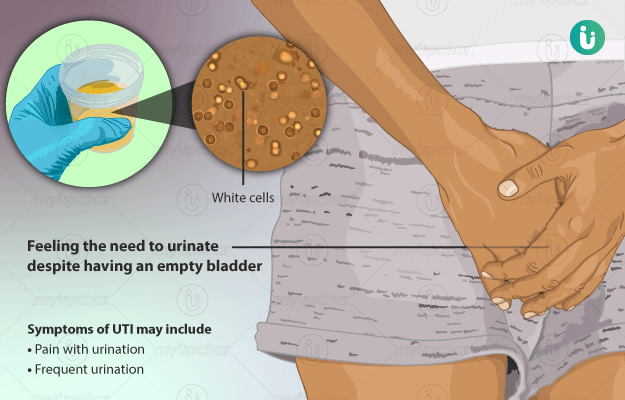
 Ayurvedic Treatment of Urinary Tract Infection (UTI)
Ayurvedic Treatment of Urinary Tract Infection (UTI)
 Diet for Urinary Tract Infection (UTI)
Diet for Urinary Tract Infection (UTI)
 Home Remedies for Urinary Tract Infection (UTI)
Home Remedies for Urinary Tract Infection (UTI)
 Homeopathic Treatment of Urinary Tract Infection (UTI)
Homeopathic Treatment of Urinary Tract Infection (UTI)














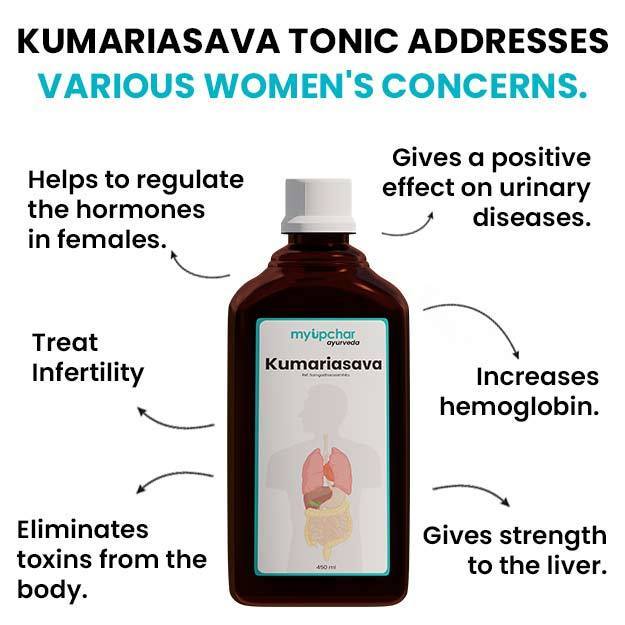
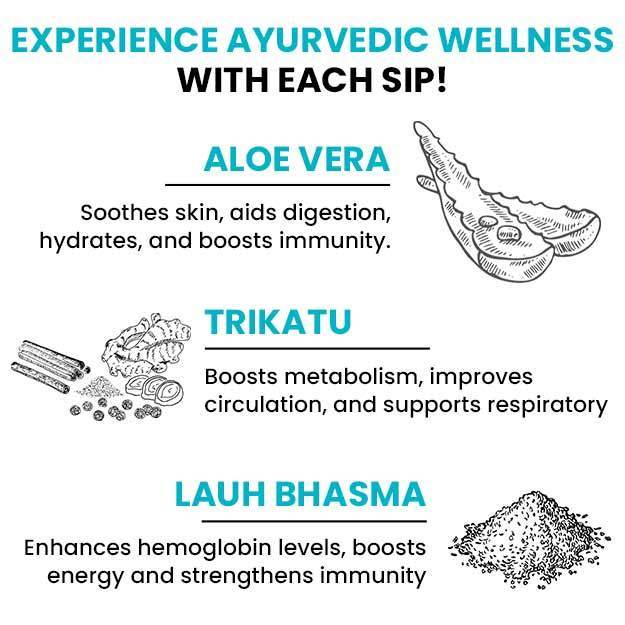
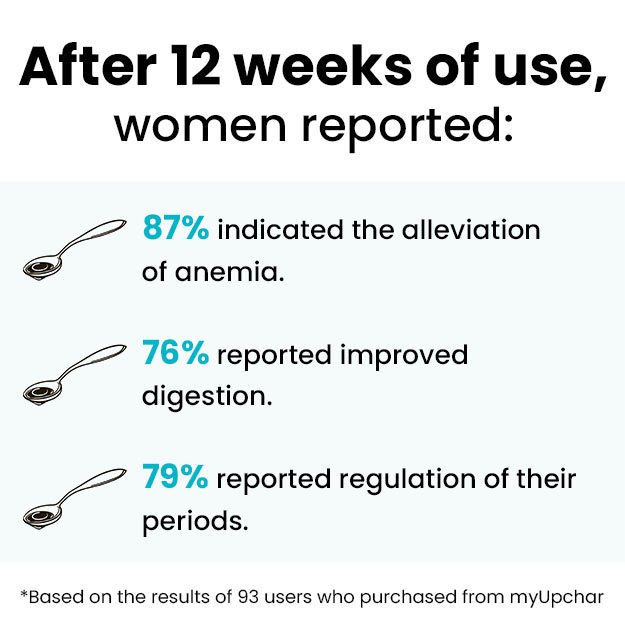
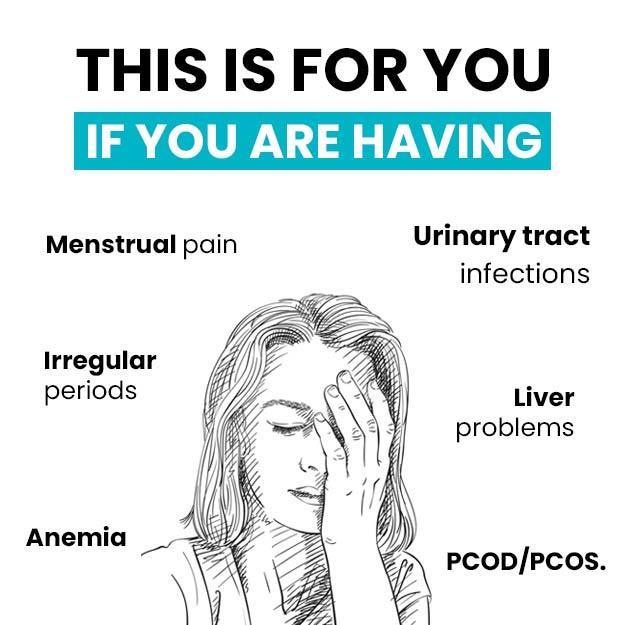
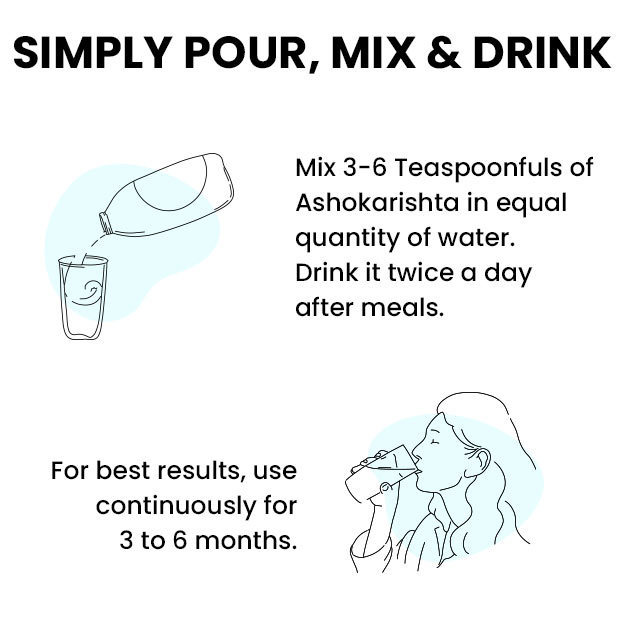



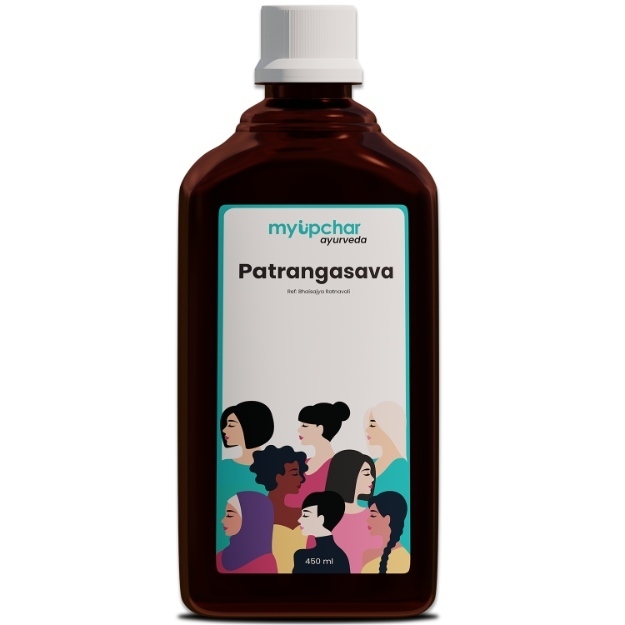


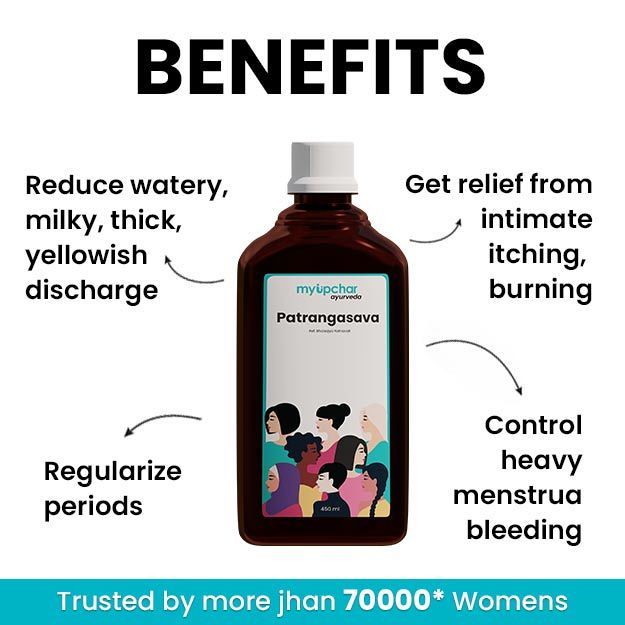

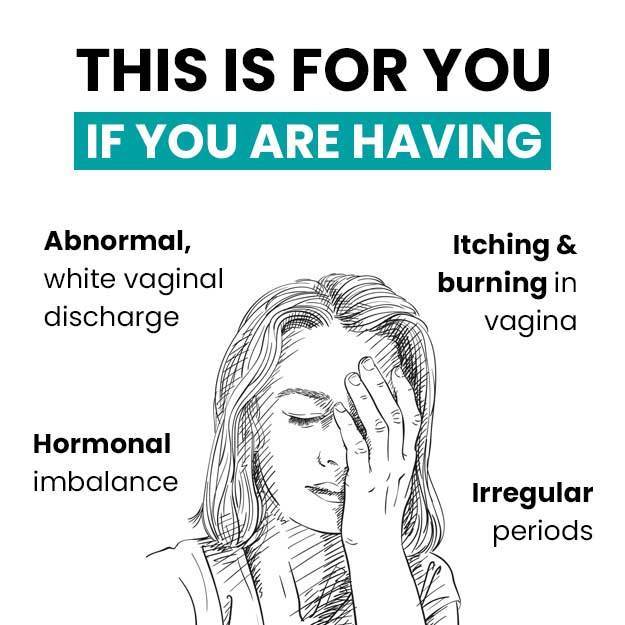
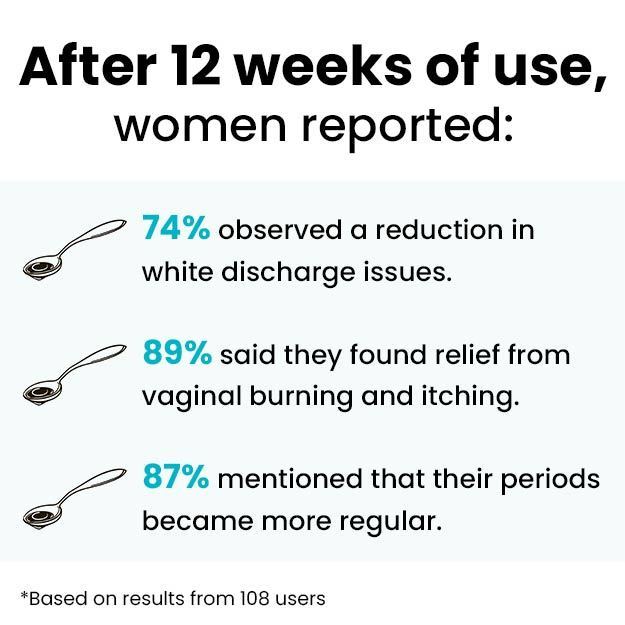
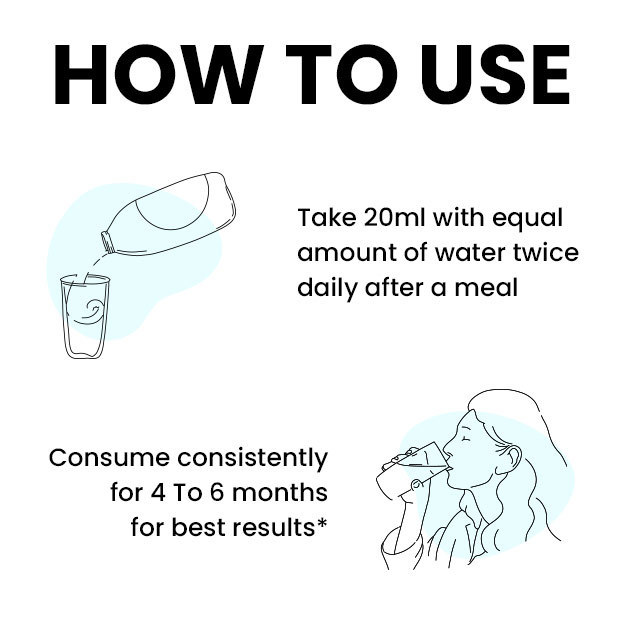
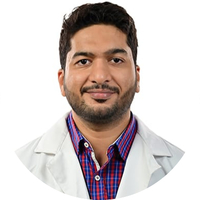





 Editorial Team
Editorial Team


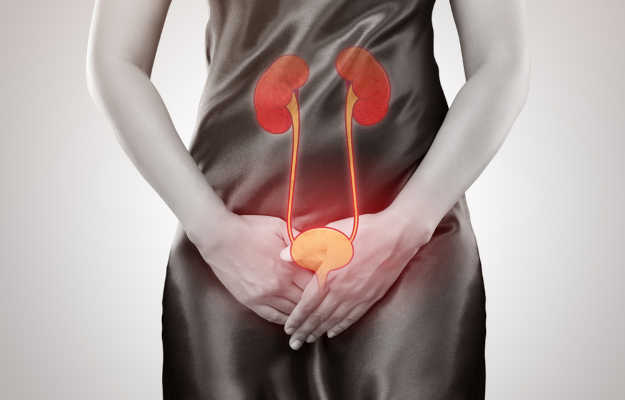
 Dr. Archana Nirula
Dr. Archana Nirula

 Dt. Akanksha Mishra
Dt. Akanksha Mishra

 Dr. Rachita Narsaria
Dr. Rachita Narsaria











